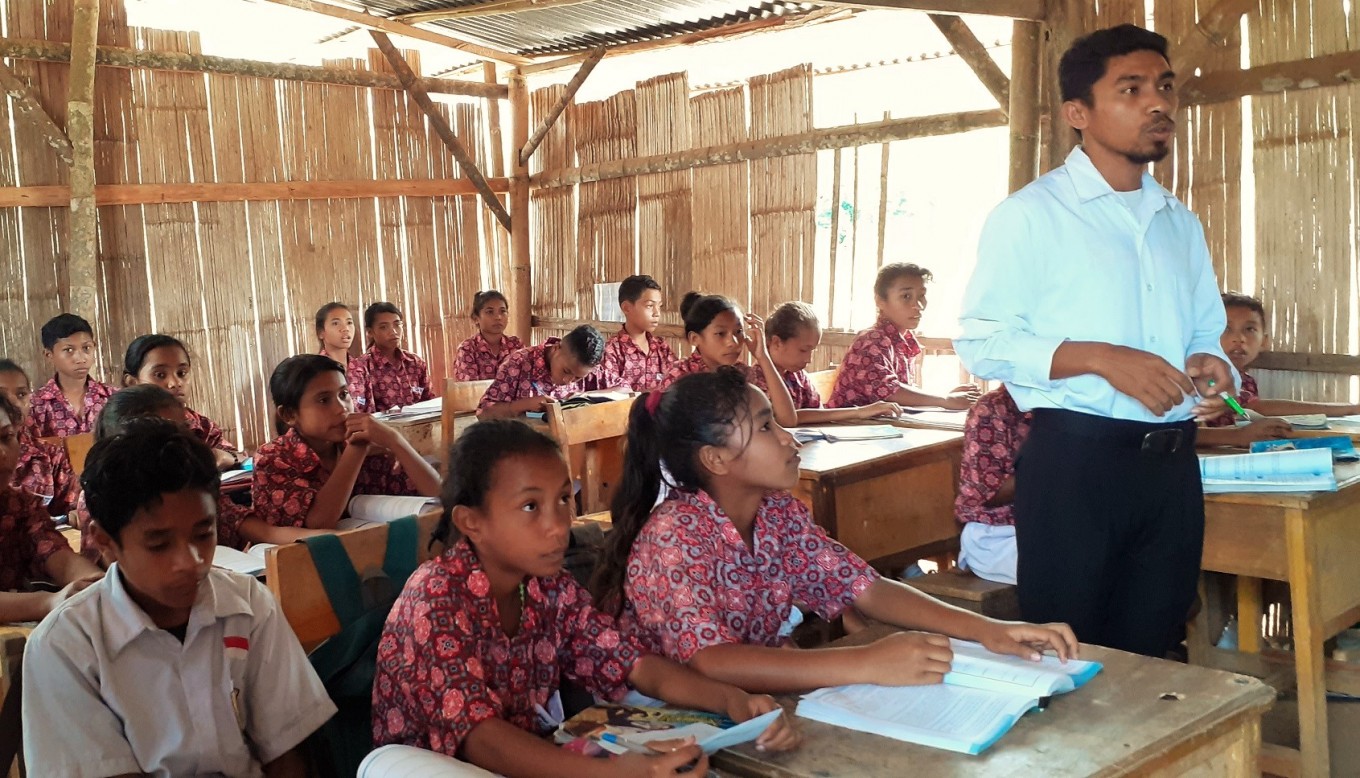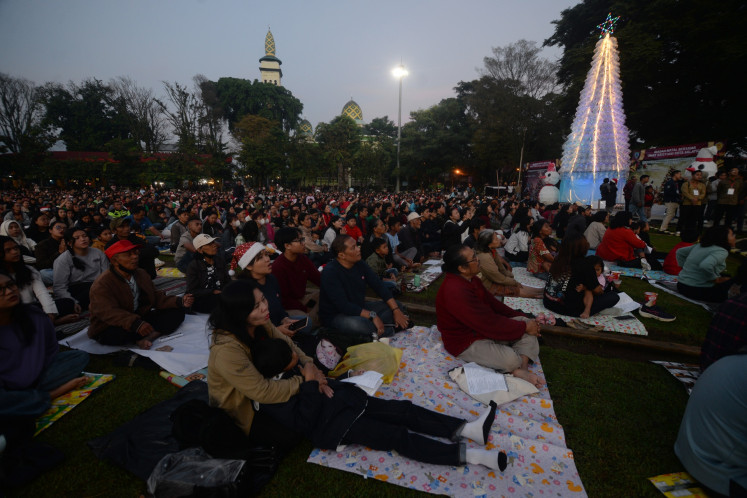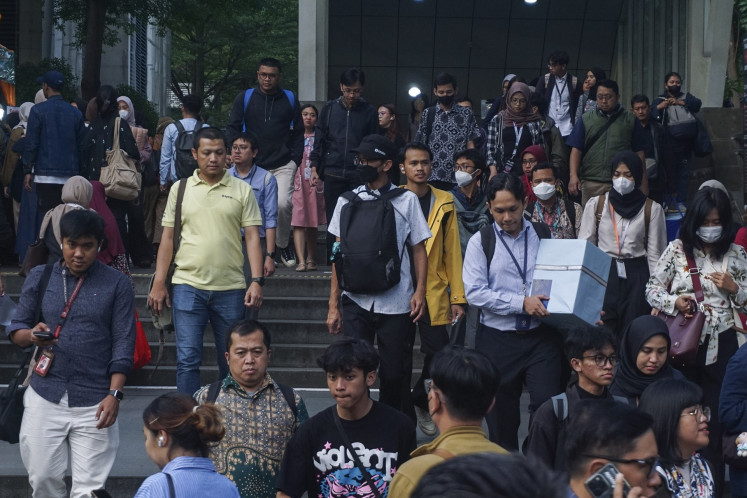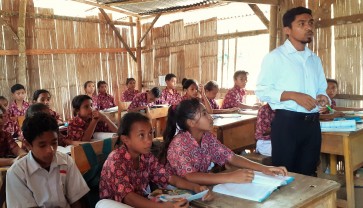Popular Reads
Top Results
Can't find what you're looking for?
View all search resultsPopular Reads
Top Results
Can't find what you're looking for?
View all search resultsEnrollment up but educational outcomes remain low in Indonesia: World Bank
According to a 2019 World Bank report, 35 percent of Indonesian children are unable to read and understand a simple story by age 10. A high rate of this inability – defined as learning poverty – is usually a clear indication that a school system is not properly organized to help children acquire fundamental skills.
Change text size
Gift Premium Articles
to Anyone
A
t SD Inpres Lindi Tanggo state elementary school in the remote village of Tanggo on the island of Flores, East Nusa Tenggara, three of the school’s 19 third grade students are unable to read fluently.
Third grade homeroom teacher Sofia Linung said this was because the three students “lacked diligence and concentration.”
She said the school’s third grade teachers conducted literacy activities every morning to help the students improve their reading skills.
“Every morning, 15 minutes before classes start, there are literacy activities and reading practice,” Sofia told The Jakarta Post on Saturday.
In the similarly remote village of Padarumbu, second grader at SDK Waelengga Catholic elementary school Yohanes Jubilian Dahu Ndolu said he also struggled with reading but was slowly improving.
“Now, I can slowly read the text book because in class the homeroom teacher encourages me to read. At home, my parents also teach me how to read,” Yohanes told the Post.
Yohanes and the Lindi Tanggo third graders are not alone. While education enrollment has increased by more than 10 million students over the past decade, it has not been coupled with improved learning outcomes.


















